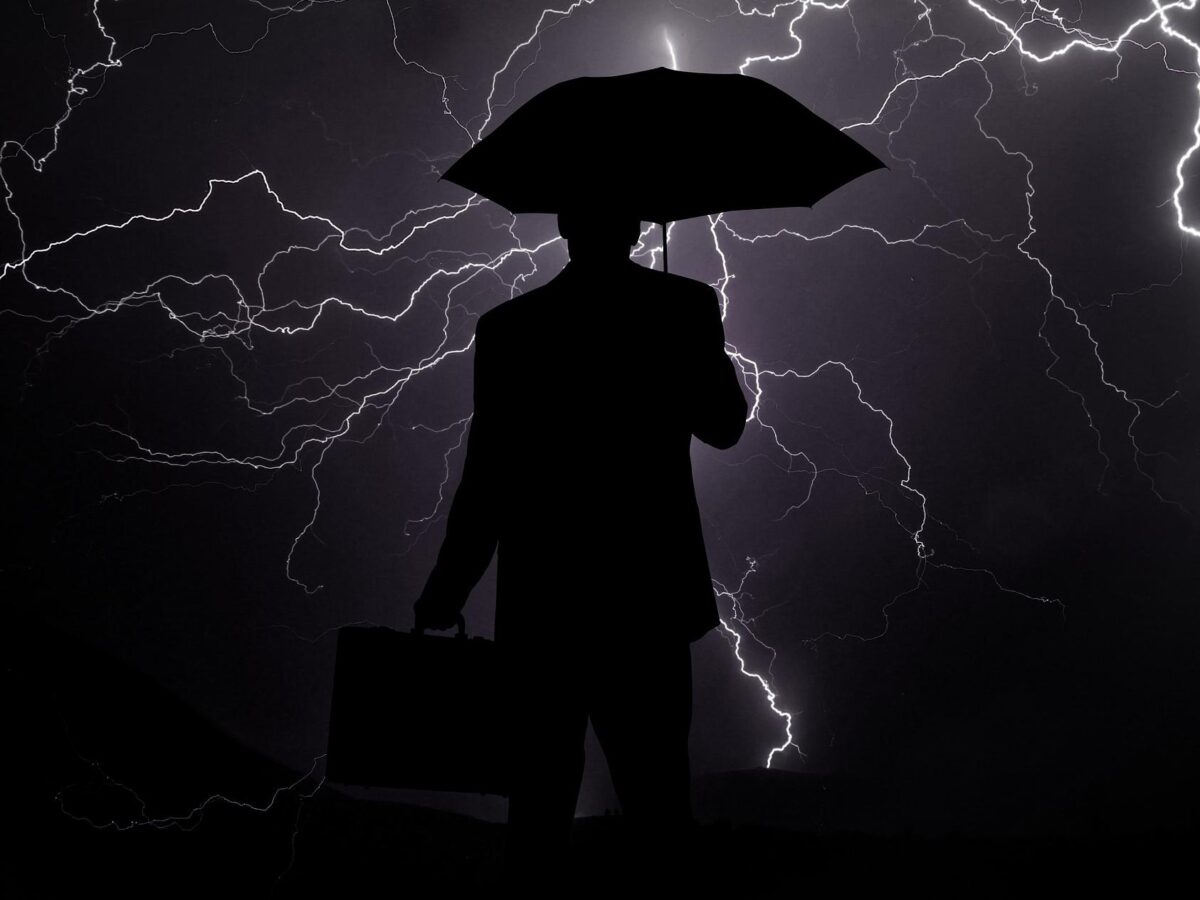The following article was originally published online on 22 September in Security Matters. It was the subject matter for Mark Harris’ presentation at the International Risk and Resilience Conference, which was part of the 20th Anniversary edition of the International Security Expo at Olympia 27th - 28th September.
HOW TO engage with the media in a crisis can be a very divisive topic and particularly so in the throes of an incident or issue as management teams struggle under increasing scrutiny. As Mark Harris notes, progressive leaders should step back and examine what lies behind this often hotly contested question as to whether such engagement is a friend or foe.
Having been involved in the crisis management industry for over 20 years now, I’ve witnessed a constant shift in terms of how news and information is both disseminated and consumed. There are two significant and intrinsically linked developments that have made the question outlined in the title of this article even more pertinent in today’s approaches taken to address crisis management: smart phones and social media.
There have been several ‘game-changing’ incidents that have driven a shift in approach. When the United Flight 1549 made an emergency landing in the Hudson River in January 2009, the news didn’t break through a newswire or traditional news outlets. Instead, it was picked up by CNN from a Twitter user with only a handful of followers. This was one of the first times ‘citizen journalism’ had been responsible for the spread of international breaking news.
Traditional news outlets and social media have now merged into one. Both are working interchangeably to engage with their audiences and act as a news source. In addition, there’s the omnipresent threat of misinformation spread and disinformation campaigns. From a crisis management perspective, this is a very real risk and one which can have a significant bearing on how an issue or incident is managed. It’s important to note that the communications response to a crisis should not drive crisis management efforts.
As social media and the advent of citizen journalism began to gain momentum, it was often addressed by communications teams as a distinct form of media-to-mainstream media. That’s not the case today, as reports and articles in mainstream media are often triggered and informed from social media outlets. It’s imperative that an organisation’s communications team manage them as one because we’re talking about a self-feeding news cycle.
Social media
According to Statistica, social media continues to experience exponential growth, with over five billion users worldwide spending an average of around 147 minutes online each day. Of those, news is one of their main motivations for visiting and browsing social media. However, the most visited platforms heavily vary by demographic. This plays a significant role in crisis management when looking at stakeholders, engagement and a ‘Call to Action’, duly resulting in the need for a different approach according to the social media platform.
The growth of social media platforms and the march – and constant advancement – of technology and citizen journalism means that an organisation may be learning about an issue or incident impacting its operations through social media before being informed by the impacted asset. This represents a risk.
There’s a clear need to mitigate this risk by linking together risk management, crisis management and crisis communications approaches in terms of preparedness to respond at a moment’s notice. This is to ensure there’s no ‘silence’ in communications and no ‘vacuum’ in the response. If silence or a vacuum is maintained, others will fill the information gap, which may be detrimental to an organisation’s eventual response (and in particular if the information involved is factually incorrect).
As organisations need to treat mainstream and social media as one, they must also be aware that, for some of their stakeholders and other target audiences, perception is a reality. That needs to be addressed as well.
Main point of effort
Another consideration is recognising or acknowledging where there is the occasional tendency for communicators to position themselves as the main point of effort in an organisation’s management of an issue or in their response to incident or crisis.
There’s no doubt that, when responding to an incident or crisis, communications are going to be extremely important. That said, it must be in support of the crisis management response. Communication is two-way and the communications team will be informing the crisis management team about what’s being said in the media and any specific opinions or comments being voiced by stakeholders. When responding to an issue or crisis, remember the maxim: ‘You cannot talk your way out of a situation you have behaved yourself into.’
All organisations need to be prepared to respond to an issue or crisis that might impact them. Linking the functions of risk management, crisis management and crisis communications will enable an organisation to prepare itself in a cohesive manner. Identifying risks that cannot be mitigated or transferred will require management attention should those risks impact an organisation. This will allow communications plans to be developed, trained for and rehearsed.
Once the plan is activated, ongoing monitoring and analysis on how it’s unfolding in the real world is going to be essential, along with reviewing or making adjustments as required. All of these ‘checklist’ actions support the crisis management response to fix the issue or resolve the crisis.
Friend or foe?
If an organisation has determined the risks that could impact its operations, assessed its crisis management response to that risk and established a communications plan to support that response, the media will be a ‘friend’.
On the other hand, any failure to prepare will put an organisation at a distinct and distracting disadvantage when it comes to communicating and increase the likelihood of having to deal with an increasingly hostile media environment.
Mark Harris is Crisis Management Lead for the CrisisFit Programme at Sheena Thomson Consulting
Link to the original article:
https://securitymattersmagazine.com/media-engagement-in-a-crisis-friend-or-foe
Link to the International Security Expo:
https://www.internationalsecurityexpo.com/welcome

